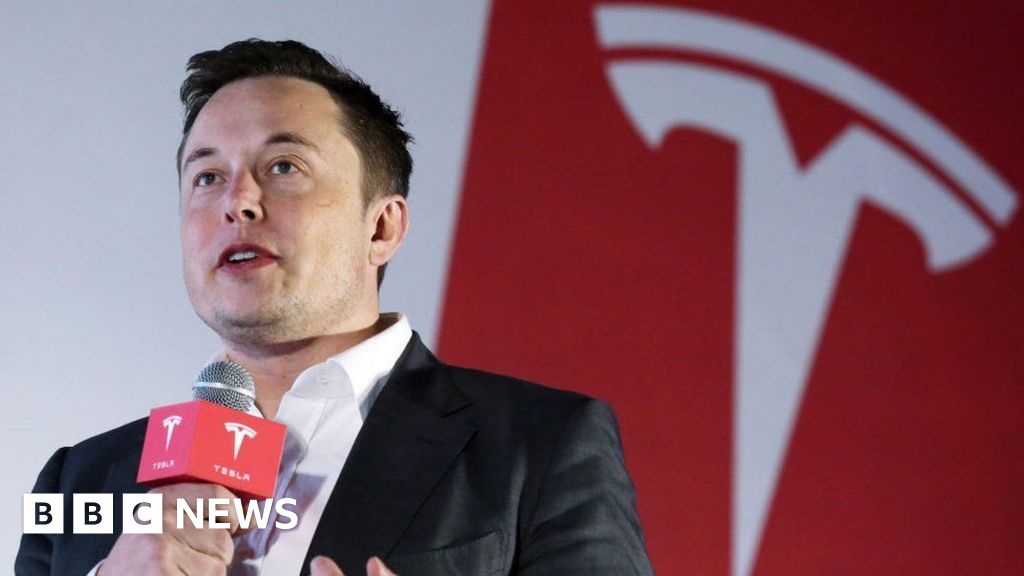Tesla boss Elon Musk is to unveil a prototype of the firm’s long-awaited robotaxi, the Cybercab, at the Warner Bros Studios in Burbank, California on Thursday.
Self-driving cars have long fascinated Mr Musk and he has made a series of bold predictions about them – including that they will save lives or earn their owners money, through being rented out for rides or even overnight stays.
But when he takes to the stage for Tesla’s “We, Robot” event he will be under pressure to quell doubts about whether the company can deliver on those ambitions.
The project has already undergone delays, having been originally due for release in August – and some analysts also say it is a distraction for a company that should be focussing on releasing a lower cost electric vehicle (EV).
Meanwhile, robotaxis developed by driverless car rivals such as Waymo, owned by Google’s parent company Alphabet, are already operating on some US roads.
Mr Musk explained away the latest delay to Tesla’s robotaxi offering by saying, in a post on X (formerly Twitter), that it was down to some last minute changes from him.
But analysts say it is now time for the company to show real progress with the project.
“There is certainly heavy build-up after discussing the Robotaxi concept without concrete details for so long,” said Jessica Caldwell of edmunds.com.
“The expectation is that this event should clear the air on the concept,” Caldwell added, saying it would be a “letdown” if Tesla failed to reveal a developed concept and operational details on Thursday.
Elon Musk has previously been keen to have the media attend his product launches.
But, despite multiple enquiries, the BBC did not secure an invitation to Tesla’s Cybercab unveiling.
An anchor at Bloomberg TV has also posted publicly on X about wanting to cover the event in person – even tagging Mr Musk directly – without success.
It will be livestreamed on X at 19:00 Pacific Time in the US on Thursday, or approximately 03:00 in the UK on Friday morning.
Relatively little is known so far about the Cybercab.
According to reports, it will have two seats and butterfly wings. It is thought it will use a combination of cameras and computing power to navigate the roads, as opposed to laser-based sensors, known as Lidar, favoured by rivals.
Musk has hinted that, when complete, some of the robotaxis in Tesla’s network would be owned and operated by the company, and that Tesla owners would have the option to rent their vehicles out on Tesla’s network when they are not driving them.
In a note on Wednesday morning, analysts Wedbush said they expected on-site demos in the prototype at the event.
But industry-watchers will also be looking for projections “on Cybercab scaling, overall cost per mile,” and a Tesla ride-share app, Wedbush said.
“With very few industry events as widely anticipated as this, we believe Musk will address the near-term pain points,” Wedbush analysts wrote.
The deployment of robotaxis has encountered setbacks, with driverless cars operated by the firm Cruise being suspended in San Francisco after a pedestrian was knocked down.
But the sector continues to expand. Waymo said in early October it would add the Hyundai Ioniq 5 to its robotaxi fleet after the vehicles undergo on-road testing with the company’s technology.
Cab-hailing giant Uber also wants to add more autonomous vehicles to its fleet to expand on its delivery and ridesharing options for customers.
It announced a multi-year alliance with driverless car developer Cruise in August.
Chinese tech company Baidu is also reportedly looking to expand its robotaxi division, Apollo Go, beyond China – where the vehicles are active in several cities.

